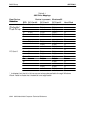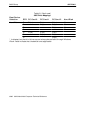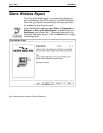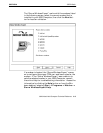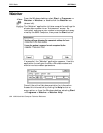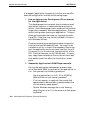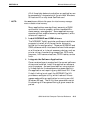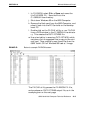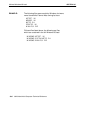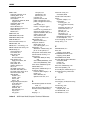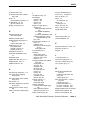
SECTION 10Minimal Windows 95 Load
10-2 6620 Hand-Held Computer Technical Reference
A successful application integration into the minimal Win-
dows 95 configuration involves the following steps:
1. Use an Appropriate Development Environment
for the Application.
This development environment should create a small
application footprint to reduce storage size require-
ments. Avoid development environments that produce
larger than necessary Windows applications. Also use
static linking when creating an application. This pro-
duces an executable that does not requires any addi-
tional DLL files that may not be included in the mini-
mal Windows 95 load.
Creating a stand-alone application eases integration
into the minimal Windows 95 load. You may run an
installation utility to install the necessary files to sup-
port the application on the minimal load, but the util-
ity cannot run on the minimal load without all of the
DLL files that come on the full Win95 load. If neces-
sary, copy these installation files to the minimal load,
then delete these files after the installation is com-
plete.
2. Assess the Application’s RAM Requirements.
During the application development process, deter-
mine how much RAM is required for the application to
run. Ask yourself the following questions:
" Can the application run in 8, 16, or 32 MB of
RAM without virtual memory enabled?
" If virtual memory is required, how much disk
space needs to be available to accommodate the
virtual memory swap space?
" Should Windows manage the virtual memory
swap file size, or do I fix the amount of disk space
available?



